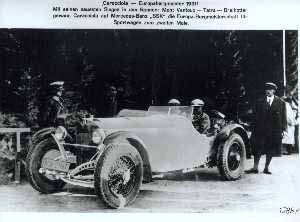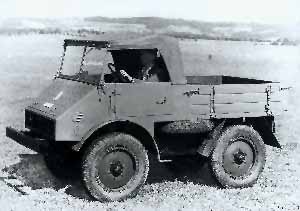
Second
Mercedes-Benz Classic Days in Merano/Scena

2.Mercedes-Benz Classic Days in Meran /
Schenna |
DaimlerChrysler Classic

 Mercedes-Benz
Classic Car Club International ( MBCCCI ) sent out invitations to the second
Mercedes-Benz Classic Days, to be staged in Merano and Scena from 29 August
until 2 September 2001. It will be quite a challenging meeting for 300 members
of the 50 associated brand clubs all over the world, who registered some
200 historical Benz, Mercedes and Mercedes-Benz
Classic Car Club International ( MBCCCI ) sent out invitations to the second
Mercedes-Benz Classic Days, to be staged in Merano and Scena from 29 August
until 2 September 2001. It will be quite a challenging meeting for 300 members
of the 50 associated brand clubs all over the world, who registered some
200 historical Benz, Mercedes and
Mercedes-Benz cars from model years 1912 - 1981. The programme includes joint
trips into the near-by alpine regions and along the South Tyrolean "Strada
del Vino", as well as a concert and a gala evening in a Baroque spa centre.
Contact: Dieter Ritter, MBCCCI, +49 (0)711 17-22655 |
1931: Four Mercedes-Benz victories in
one month
In August 1931, Rudolf Caracciola and Manfred von Brauchitsch clinched one
victory after the other in both circuit and hillclimb races. In the AVUS
race in Berlin on 2 August, Caracciola, driving an SSKL, recorded the day's
best lap time overall and finished in first position in the displacement
category above 1.5 litres. One week later, von Brauchitsch won the sports
car category above five litres in a class and track record time on the famous
Gaisberg Mountain near Salzburg. On the following two weekends, Caracciola
scored victory in two European hillclimb championship heats: in both the
Tatra Mountains hillclimb race in Poland and on the Mont Ventoux in France,
he won the sports and racing car category above eight litres in superior
fashion, establishing new track records in the process.
1971: The 150,000th Unimog
comes off the assembly line
 After twenty
years in production, in 1971, the 150,000th Unimog rolled off
the assembly line of the Daimler-Benz plant in Gaggenau. Thirty years later,
in August 2001, the production volume exceeds the 350,000 mark. The idea
of the Unimog was born in 1945. At the time, several former aircraft engineers
of Daimler-Benz AG and an agriculturist joined forces to develop a universally
applicable working machine for agricultural applications against the background
of the looming Morgenthau Plan of converting Germany into an exclusively
agrarian country. Following the very positive response to the vehicle during
its first appearance at the Agricultural Trade Fair in Frankfurt in August
1948, production of the Unimog started in 1949, initially at the mechanical
engineering factory of Boehringer in Göppingen, Germany. Two years and
some 600 Unimogs later, in 1951, production was transferred to the Daimler-Benz
plant in Gaggenau. After twenty
years in production, in 1971, the 150,000th Unimog rolled off
the assembly line of the Daimler-Benz plant in Gaggenau. Thirty years later,
in August 2001, the production volume exceeds the 350,000 mark. The idea
of the Unimog was born in 1945. At the time, several former aircraft engineers
of Daimler-Benz AG and an agriculturist joined forces to develop a universally
applicable working machine for agricultural applications against the background
of the looming Morgenthau Plan of converting Germany into an exclusively
agrarian country. Following the very positive response to the vehicle during
its first appearance at the Agricultural Trade Fair in Frankfurt in August
1948, production of the Unimog started in 1949, initially at the mechanical
engineering factory of Boehringer in Göppingen, Germany. Two years and
some 600 Unimogs later, in 1951, production was transferred to the Daimler-Benz
plant in Gaggenau.
| DaimlerChrysler Communications,
August 2001 |
Top |
